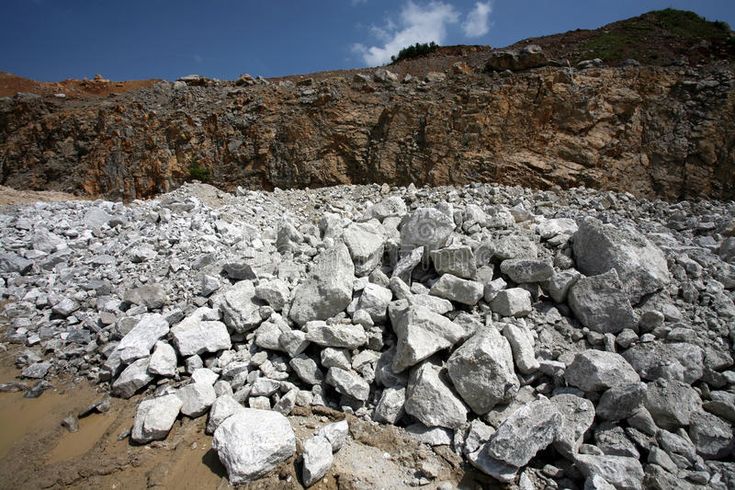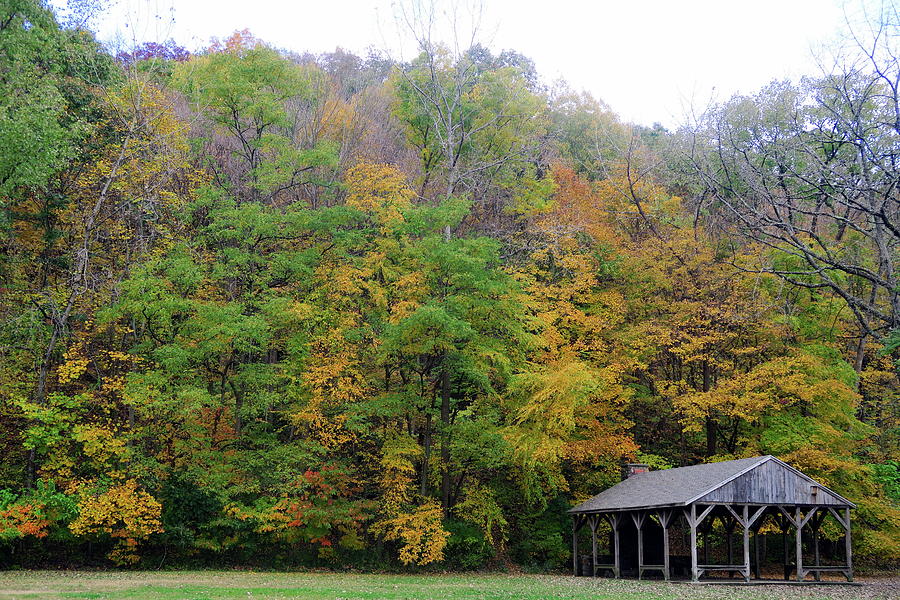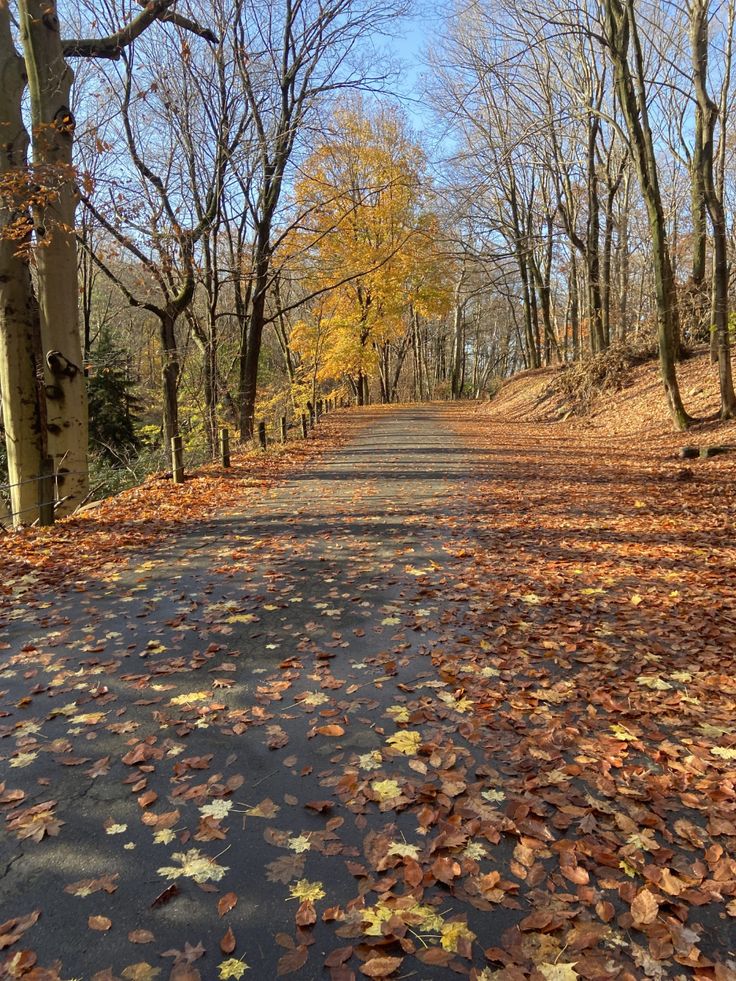About Clark Hill Quarries
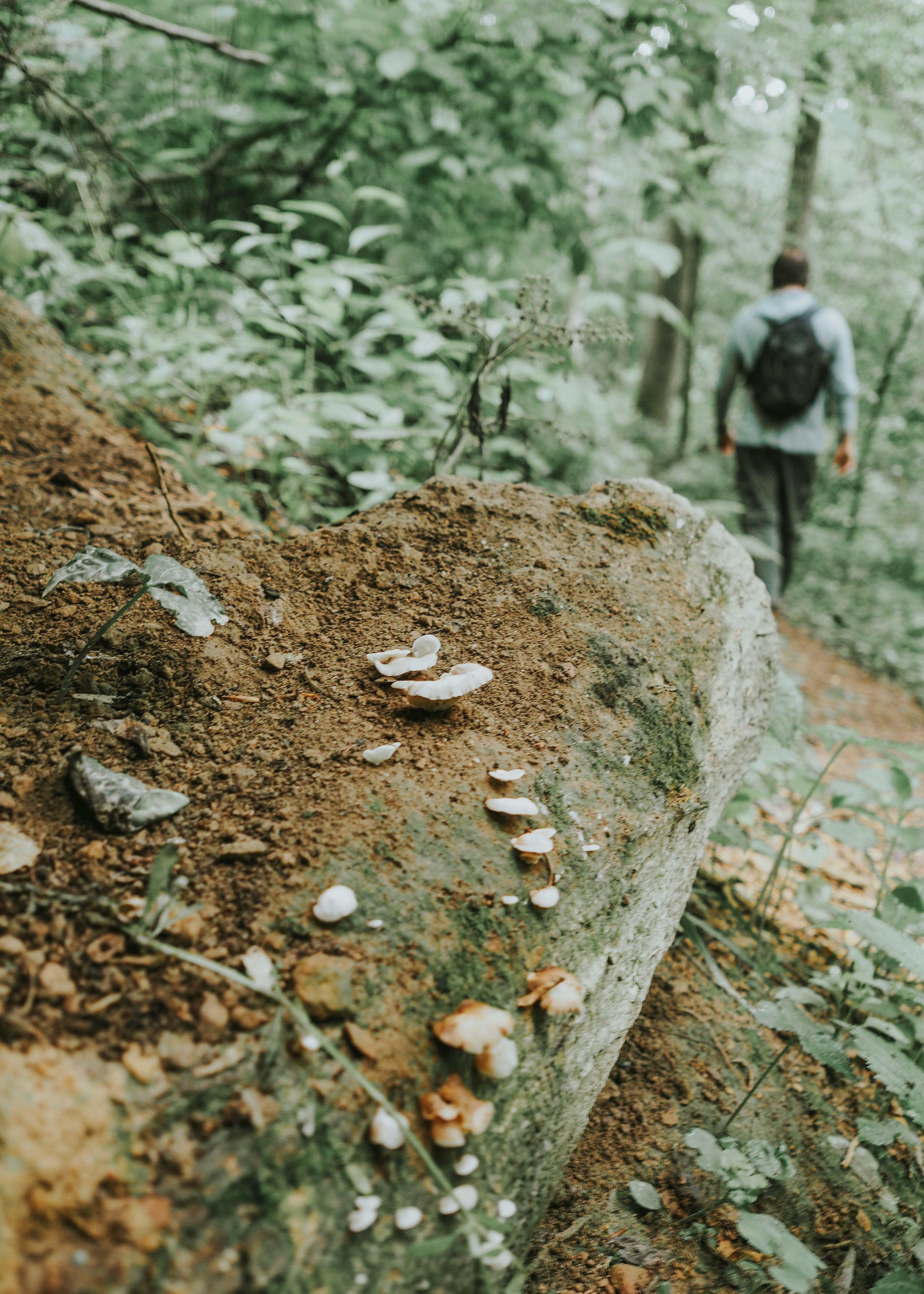
Clark Hill Quarries (also known as Case Quarries) in Meshomasic State Forest, East Hampton, Connecticut, stand out as a must-visit rockhounding location in Connecticut. Known for producing beautiful almandine garnets, muscovite crystals, and quartz varieties, the quarries provide one of the few sites that provide semi-public access to collecting opportunities for rockhounds.
Rockhounding at the Clark Hill quarries connects you to Connecticut's long tradition of quarrying and mineral hunting, and gives you access to local mineral clubs that often organize trips and help newcomers with support and opportunities to rockhound in the area. You can visit the two quarries located in this area to discover different rock specimens and learn their beautiful history.
What Can Be Found at Clark Hill Quarries
The Clark Hill quarries are known for rich mineral rocks, which include:
- Albite: Albite is a common mineral rock you will find in the Clark Hill quarries in Connecticut. Albite is a plagioclase feldspar mineral, occurs in the granitic and pegmatitic masses of the quarry and occurs in white or grayish color, occurring together with muscovites. This semiprecious gemstone is often used in the manufacturing of glass and ceramics.
- Almandine: This mineral rock belongs to the garnet group. Composed of iron-aluminium, and forms in deep red color to reddish-brown crystals, often dodecahedral in shape, and occurs in the gravels as fine crystals. Almandine garnets are designated as the state's official gemstone of Connecticut, and the specimens from Case Quarries are sought after for their sharp form and color. Almandine is typically used in making jewelry.
- Muscovite: Deep in the mica schists of the quarry, one will find muscovite, a phyllosilicate mineral of the mica mass found in the pegmatite masses of the quarry, and forms as thin, shiny, sheet-like crystals that can be peeled into layers. The muscovite crystals at Clark Hill are well-formed and sometimes very large. These mineral rocks are used in the manufacturing of electronics, in paints, and in plastic production.
- Quartz Crystals: Another crystal stone you will find in the Clark Hill quarries is clear quartz, smoky quartz, and massive milky quartz. The pegmatite quarries often yield large, distinct crystals. Quartz is used in technology industries, jewelry making, and is also known for its healing practices for centuries.
Collectors may also find minor beryl or a trace of tourmaline in these quarries. Although not common here as in other CT pegmatite sites.
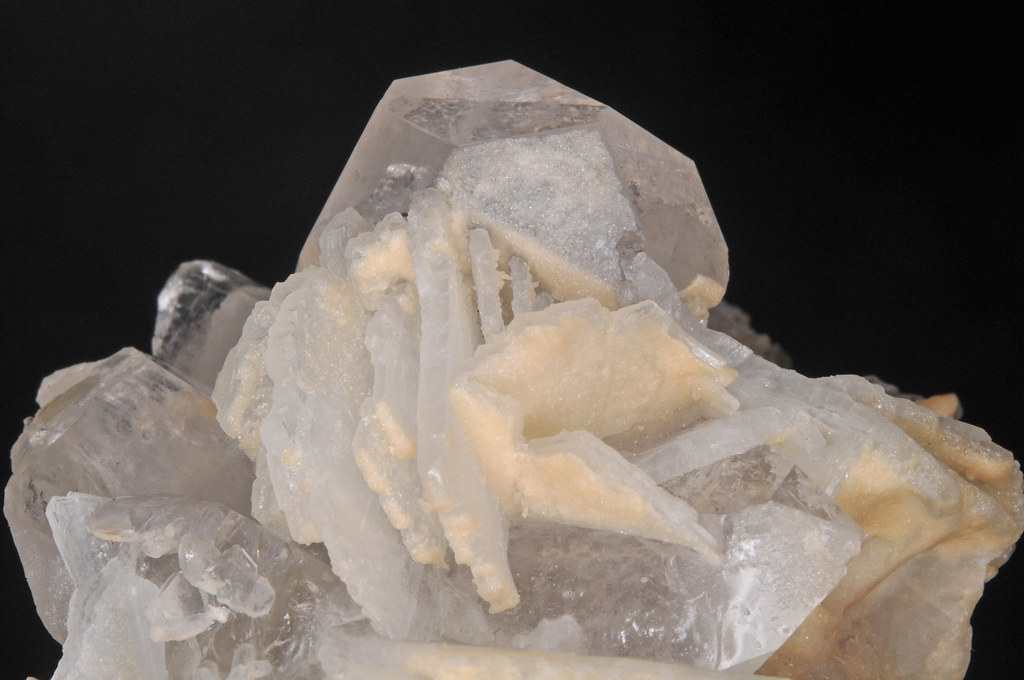
Albite
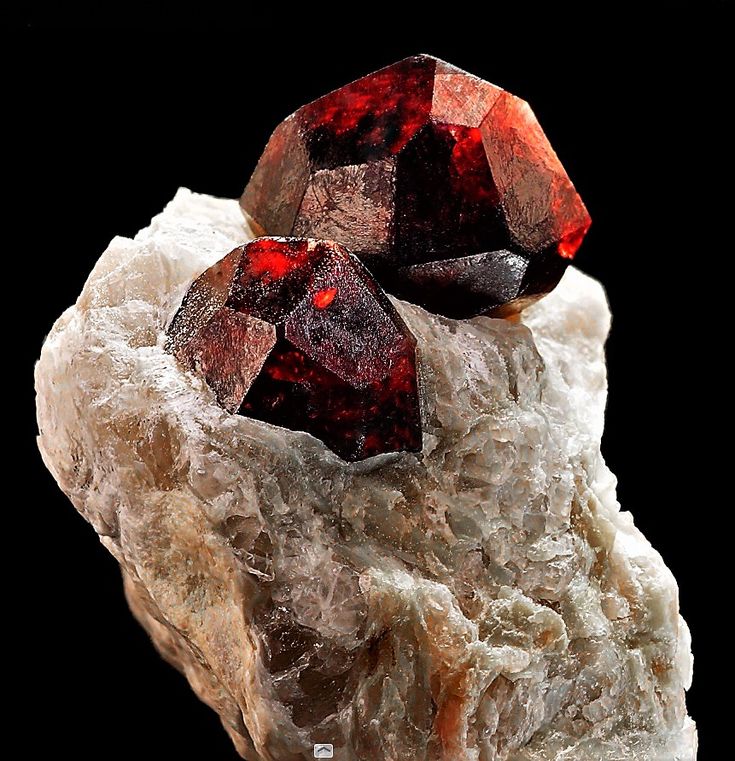
Almandine
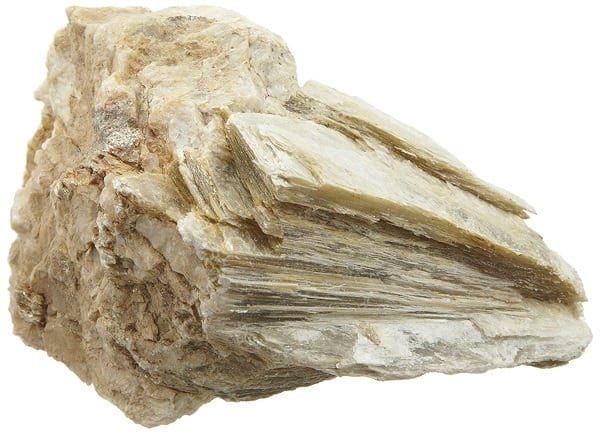
Muscovite
Rockhounding Sites in Clark Hill Quarries
State Forest #1 Quarry
The State Forest #1 quarry is in Clark Hill. You can find it at No. 1 East Hampton, 2.3 miles northwest of the East Hampton village, Middlesex County, Connecticut. The land property is administered by the State of Connecticut. The pegmatites of State Forest Quarry have been quarried since 1942 by New Haven Trap Rock Co., and afterwards, in 1943, it was quarried by Worth Spar Co. Even though it was not a successful venture, the exposed pegmatites are now open up and one can find mica-schists amongst other mineral rocks. The quarry itself is an open cut about 90 feet long, 40 feet wide, and 15 feet deep. The pegmatite rock is composed of coarse quartz, intergrown in various proportions within the pegmatitic veins, with plagioclase, muscovite, garnet, tourmaline, and beryl also present.
Nathan Hall Quarry
The Nathan Hall Quarry is a small granite pegmatite quarry located on Clark Hill in the Meshomasic State Forest, off Woodchopper's Road. It was opened before 1922, and quarried for feldspar and mica. One can find muscovite crystals as well as Albites, almandine, and quartz. Like other state forest quarries, collecting at Nathan Hall is only allowed with a permit from the Connecticut Department of Energy and Environmental Protection (DEEP), typically for educational groups such as schools and mineral clubs.
Location of Clark Hill Quarries
Clark Hill Quarries are located within Meshomasic State Forest in East Hampton, Connecticut. The Meshomasic forest is one of Connecticut's oldest state-managed woodlands, covering over 9,000 acres. The exact coordinates are 41.59574° N, 72.54097° W. The quarries are accessible by trails within the state forest. You can find the forest entrance sign on Clark Hill Road, East Hampton. There are public trails that lead into the forest, but collecting is generally limited to dump piles and exposed areas only.
If you are driving, there are small parking areas available near trailheads.
Recommended Gear and Tips
Rockhounding Tips for Clark Hill Quarries
Before visiting the quarry, here are some things you must know:
The park is under the management of the state of Connecticut, and you definitely need a permit before collecting rocks here. The permit is issued by the Connecticut Department of Energy and Environmental Protection (DEEP) only to organisational or educational clubs. To be able to visit the quarry, you need to join a club. The common clubs you can join close by are:
- Lapidary and Mineral Society of Central Connecticut
- Bristol Gem & Mineral Club
- New Haven Mineral Club
Check out other clubs you can join here.
Other tips to keep in mind are:
- Timing: Look out for the best times to visit the quarry. The most comfortable weather will be Spring and Fall. Also, visit on weekdays, if it is possible, when it is less crowded than the weekends.
- Inspect Dump Piles: Start your search at the old dump piles left behind by past quarrying or mining activity. These piles often contain overlooked or discarded pieces that can hold surprising treasures. Many collectors have found excellent specimens of quartz, garnet, feldspar, or even rare minerals just by carefully sifting through loose rock. The advantage of dump piles is that you don't need heavy tools or deep digging, just patience and a sharp eye. Bring along a small rock hammer, gloves, and a bag to collect what you find, and remember to check freshly turned or eroded areas where new pieces may have been exposed by rain or frost.
- Keep Memories: Document your rockhounding trips by taking notes or photos of where and when you found each specimen. Record details such as the location, date, type of rock or mineral, and even the conditions of the day. Over time, this creates a personal collection log that not only helps you remember your experiences but also adds meaning to your specimens. Looking back, you'll be able to connect each rock to a story, making your collection more valuable and memorable.
- Obey the Rules: Before visiting, consult with your club on the rules guiding rockhounding in these areas. Usually, rockhounds are not allowed to collect specimens for commercial purposes, only for personal or educational purposes. However, rules are regularly updated, so you have to do your research to stay updated on the rules.
- Respect the Land: Avoid digging into forest soil, damaging trees, or leaving trash behind. Stick to exposed rock and dump piles.
Recommended Gear
To be able to have a smooth rockhounding experience, here are some tools to bring along:
- Rock Pick & Chisel: Bring along a good rock pick and chisel, as it is essential for splitting pegmatite rock and freeing crystals.
- Sturdy Gloves: Bring gloves too, as they help you protect your hands from sharp edges.
- Bag: A good bag or backpack will help you pack your other rockhounding gear to avoid missing items, and you can carry home your finds safely in them.
- Comfortable Boots: The trails can be uneven and rocky, so wear comfortable boots that will help you hike through these trails easily.
- Snacks & Water: Staying hydrated and energised is important, especially while rockhounding in the wild.
Final Thoughts
Rockhounding at Clark Hill Quarries (Case Quarries) in Meshomasic State Forest is a unique opportunity to explore one of Connecticut's classic mineral localities. With its beautiful garnets, muscovite crystals, and quartz specimens, plus the relative accessibility for hobby collectors through clubs or educational groups, it's one of the best places in Connecticut to experience geology firsthand.
Whether you're a seasoned collector or a curious beginner, Clark Hill Quarries offer the perfect blend of history, geology, and outdoor adventure. Just remember to collect responsibly, respect the land, and enjoy the thrill of discovering Connecticut's hidden gems.
Other Rockhounding Sites in Connecticut
While rockhounding in Clark Hill Quarry guarantees you a rewarding and fun rockhounding experience, here are other rockhounding sites to check out in Connecticut.
Guidebooks For Connecticut
If you want to learn more about the unique geological history of Connecticut, here are suggested guidebooks for you to learn and discover more.




